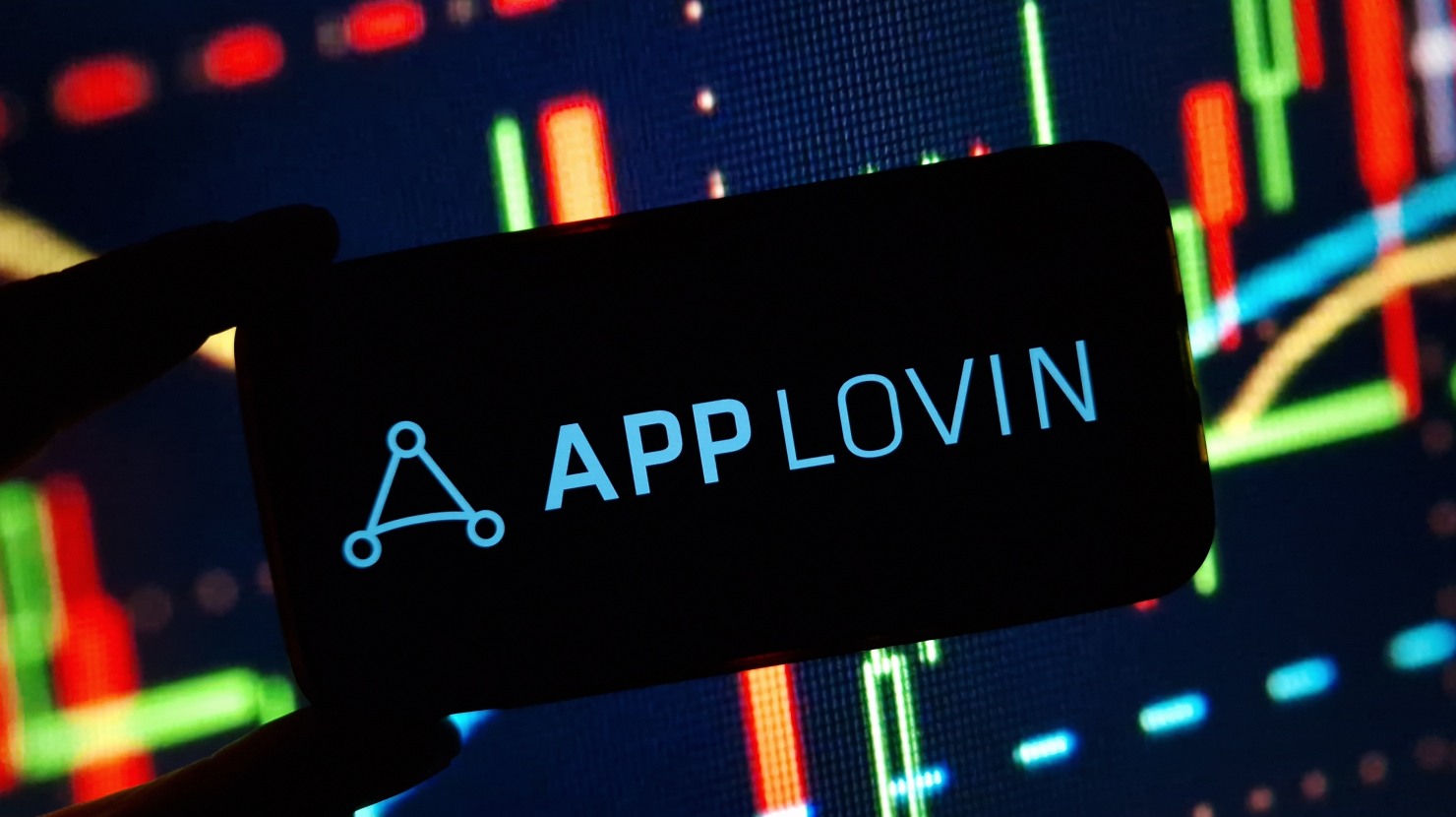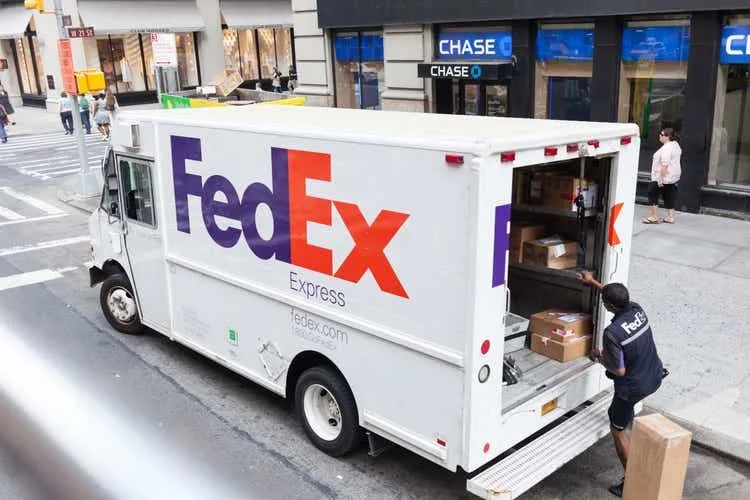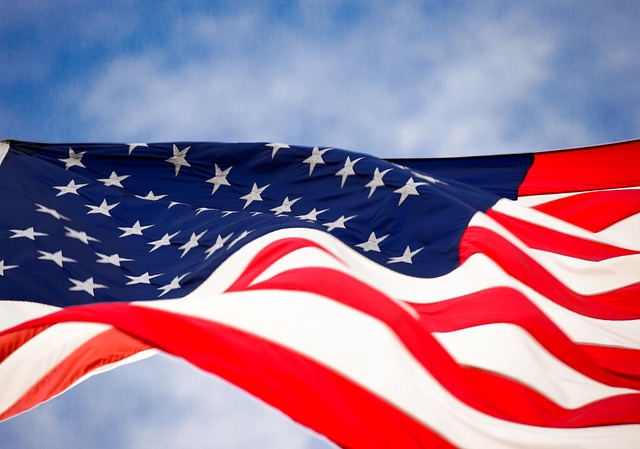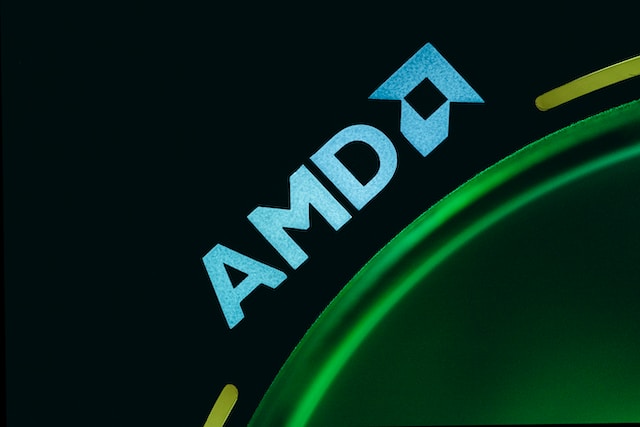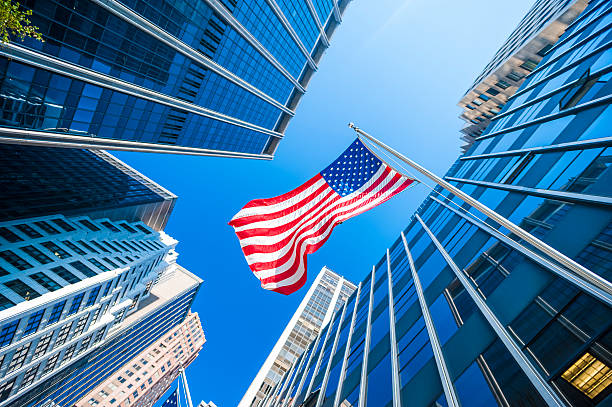Kimberly-Clark Q2 EPS Jumps 15%

Key Points
Kimberly-Clark reported non-GAAP EPS of $1.92 in Q2 2025, surpassing analyst expectations by $0.25, or 15%.
GAAP revenue missed estimates in Q2 2025, declining 1.6% year over year, mainly due to divestitures and currency impacts.
Adjusted gross margin decreased by 1.8 percentage points in Q2 2025, as tariff costs and price investments pressured profitability.
Kimberly-Clark (NASDAQ:KMB), the consumer products company behind brands like Huggies and Kleenex, released its second quarter results on August 1, 2025. The most significant headline from the report was adjusted (non-GAAP) earnings per share (EPS) of $1.92 in Q2 2025, exceeding analyst estimates of $1.67 by 15%. However, GAAP revenue was $4.16 billion in Q2 2025, below the $4.47 billion analyst forecast and down 1.6% from a year earlier. Despite the EPS beat, adjusted gross margin narrowed to 36.9% in Q2 2025, as tariffs and price investments cut into profits. The quarter featured a strong surge in sales volumes, but ongoing cost headwinds and lower reported sales tempered overall performance.
| Metric | Q2 2025 | Q2 2025 Estimate | Q2 2024 | Y/Y Change |
|---|---|---|---|---|
| EPS (Non-GAAP) | $1.92 | $1.67 | $1.96 | (2.0%) |
| EPS (GAAP) | $1.53 | N/A | $1.61 | (5.0%) |
| Revenue (GAAP) | $4.16 billion | $4.47 billion | $4.23 billion | -1.7% |
| Organic Sales Growth | 3.9 % | N/A | 3.9 % | 0.0 pp |
Source: Analyst estimates provided by FactSet. Management expectations based on management's guidance, as provided in Q1 2025 earnings report.
Kimberly-Clark’s business model and strategic focus areas
Kimberly-Clark is a global producer of personal care and tissue products. Its flagship offerings include infant diapers, feminine care, and consumer tissue brands, such as Huggies diapers, Kotex feminine care products, and Kleenex tissues. The company’s business reaches markets around the world, supplying both households and commercial customers.
In recent years, its focus has moved toward two priorities: accelerating product innovation and transforming operational efficiency. Innovation is a key component for the company, allowing it to protect brand loyalty and expand market share. At the same time, it has rolled out a multi-year Transformation Initiative to improve cost structures and create a more agile operating model. These efforts are crucial, as success is measured by how well the company grows premium and value product tiers and manages complex supply chains, especially in response to external shocks such as new tariffs or cost inflation.
Quarter in review: Volume gains amid margin pressure
During Q2 2025, Kimberly-Clark saw significant divergence between its reported and organic growth figures. Organic sales, which exclude the effects of acquisitions, divestitures, and currency, climbed 3.9% in Q2 2025 (non-GAAP). Strong underlying demand played a role, with volumes rising 5.0% in Q2 2025—the highest rate seen in five years, according to management. However, top-line revenue declined in Q2 2025, as much of this gain was offset by a 4.4 percentage point impact from recent business exits (including the sale of its personal protective equipment business and private label diaper exit) and an additional 1.0 percentage point drag from currency translation.
Non-GAAP earnings performance in Q2 2025 was stronger than the headline revenue might suggest. Adjusted EPS reached $1.92 in Q2 2025, well ahead of estimates. Management attributed this non-GAAP earnings beat to robust volume growth and solid productivity improvements, both key goals under the company’s Transformation Initiative. The program, entering its second year, delivered noticeable cost savings and was said to be on pace to achieve a cumulative $3 billion gross productivity target over five years, as discussed by management during the Q1 2025 earnings call. Adjusted operating profit was $713 million in Q2 2025, down 2.2% from the prior year.
Margin pressure was a defining theme. Adjusted gross margin, which reflects profit after production costs but before administrative expenses, dropped to 36.9% in Q2 2025—1.8 percentage points below the same period last year. This contraction stemmed from a combination of cost inflation and strategic investments in pricing designed to offer better value to consumers across all price tiers. Management highlighted that the majority of these tariff impacts could not be immediately passed along to consumers. Instead, the company is prioritizing investments to reinforce market position, even at the expense of short-term profitability.
Segment results showed mixed trends. In North America, net sales were $2.73 billion, falling 1.9% year over year in Q2 2025, dragged down by divestitures and exits. However, organic sales for the region grew 4.3% (non-GAAP) in Q2 2025, propelled by a 5.2% jump in volumes, signaling that consumer brands are performing well at the shelf. Operating profit in North America declined 4.0% in Q2 2025. The International Personal Care segment posted net sales of $1.43 billion, up slightly by 0.4%, with organic sales rising 3.3% on volume growth in Q2 2025. Yet, margin pressure was even more acute here, with operating profit declining 12.9% in Q2 2025, reflecting local price investments and ongoing cost challenges.
Innovation, transformation, and key events in the quarter
Innovation drove significant volume growth. Notably, the company spotlighted the recent launch of Huggies Snug & Dry diapers in North America, which received very positive consumer reviews according to management. This launch is part of a broader strategy to “cascade innovation from premium throughout the tiers,” making enhanced features accessible across the full product lineup -- from value-oriented options to premium propositions.
The Transformation Initiative continued to mark substantial progress. In Q2 2025, related restructuring and transformation charges totaled $82 million in gross profit and $121 million in operating profit—investments aimed at streamlining supply chains and improving cost controls. The initiative is designed to help the company respond quickly to external events. According to management, more than 5% gross productivity improvements have already been realized on a rolling basis, with Q1 fiscal 2025 gross productivity at approximately 5.2%, keeping Kimberly-Clark aligned with its long-term efficiency ambitions.
Competitive pressures remained at the forefront. Kimberly-Clark maintained its approach of investing behind innovation, rather than relying on deep promotional discounts, to support market share in both premium and value product categories. The strategy produced a 60 basis point gain in weighted market share for Personal Care lines in Q2 2025. In addition, management confirmed that while promotional activity increased to support innovation trials, it does not plan to shift to a promotion-driven model.
About 14% of consolidated net sales in 2024 came from Walmart, highlighting the concentration risk inherent in the company’s retail partnerships. No material changes to dividend policy were announced, but the quarterly dividend was raised 3.3% to $1.26 per share in Q2 2025, continuing a stable trend of regular dividend increases.
Looking ahead: Management guidance and investor watch points
For the remainder of fiscal 2025, management expects organic sales growth to continue outpacing category averages, which are estimated at 1.5% to 2%. However, reported net sales for fiscal 2025 will remain under pressure, with negative effects of about 1% from currency movements and nearly 3% from additional business exits. Adjusted operating profit and adjusted EPS are expected to grow in the low-to-mid single-digit range on a constant-currency basis for fiscal 2025. This guidance for fiscal 2025 reflects a 320- to 380-basis-point impact from divestitures and exits, as well as further headwinds from currency shifts. Adjusted free cash flow for fiscal 2025 is projected to be approximately $2 billion.
Several risk factors are in focus for investors. Externally driven cost inflation—particularly the $300 million impact from new US and international tariffs in fiscal 2025—will continue to weigh on margins. Management’s plan to offset these through supply chain adjustments and cost savings will take time, likely not fully materializing until 2026. The company also cited volatility in its effective tax rate for the period. In the short term, attention will remain on how successfully Kimberly-Clark can navigate these external pressures while preserving momentum in both innovation and brand strength. The quarterly dividend was raised 3.3% to $1.26 per share in Q2 2025.
Revenue and net income presented using U.S. generally accepted accounting principles (GAAP) unless otherwise noted.
Where to invest $1,000 right now
When our analyst team has a stock tip, it can pay to listen. After all, Stock Advisor’s total average return is 1,039%* — a market-crushing outperformance compared to 181% for the S&P 500.
They just revealed what they believe are the 10 best stocks for investors to buy right now, available when you join Stock Advisor.
*Stock Advisor returns as of August 4, 2025
JesterAI is a Foolish AI, based on a variety of Large Language Models (LLMs) and proprietary Motley Fool systems. All articles published by JesterAI are reviewed by our editorial team, and The Motley Fool takes ultimate responsibility for the content of this article. JesterAI cannot own stocks and so it has no positions in any stocks mentioned. The Motley Fool has no position in any of the stocks mentioned. The Motley Fool has a disclosure policy.
